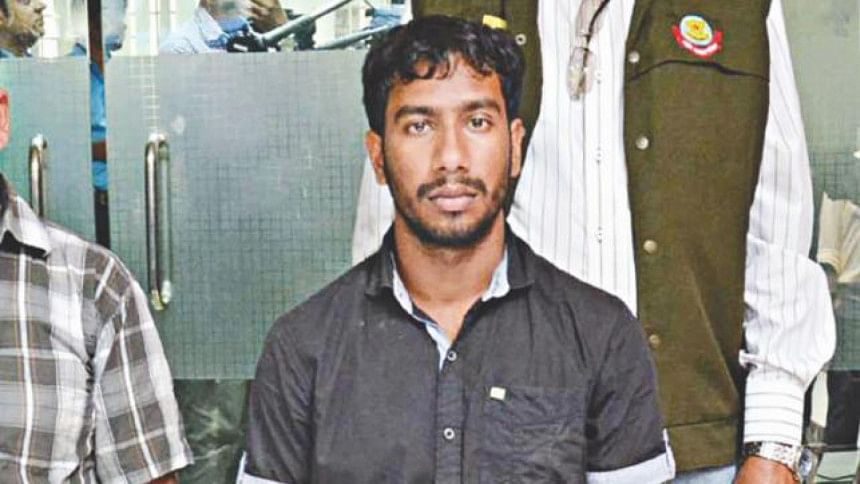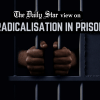Radicalisation in prisons

History tells us that the famous religious ideologues of the past did not let the confines of the prison prevent their radicalisation activities. In fact prisons are a fertile recruitment ground for radicals of all hues, particularly religious radicals. Delving into the background of the attackers involved in extremist violence, particularly in Europe, shows that a very large number of them were radicalised in jails.
This hard reality was highlighted once again at a discussion meeting of the counterterrorism unit of the government which was participated by relatives and parents of many religious extremists who had fallen prey to the radical propaganda. And not surprisingly, most of the victims who survived encounter with the law enforcement agencies were people with gullible minds, in their formative years, and very prone to such propaganda which, to malleable minds, may appear very convincing.
In Bangladesh a large number of extremists were apprehended during special drives last year. Reportedly, while some of them are out on bail, a good number of them are in prison carrying out radicalisation from within. Lax oversight, overcrowding of prisons, desegregated living conditions where the radicals get to mix freely with other prisoners, and untrained prison staff, contribute to this phenomenon. And the most vulnerable prisoner groups are the young generation and student prisoners. Equally worrisome is what experts term as relapse into the same trade: militancy. This calls for strict monitoring of released extremists or extremists on bail.
It is a hard fact that radicalisation in jails in Bangladesh is increasing. And unless this aspect is paid attention to in the overall deradicalisation efforts of the government, its effort to combat religious extremism and terrorism successfully will come to naught.

 For all latest news, follow The Daily Star's Google News channel.
For all latest news, follow The Daily Star's Google News channel. 




Comments